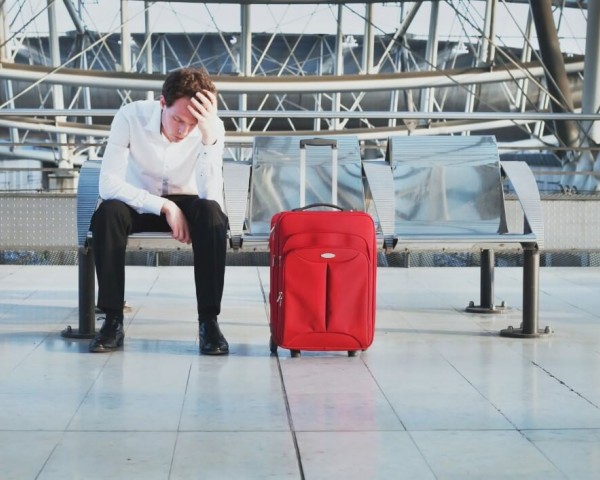The confrontational policy of the U.S. government could now impact tourism. NTTO (the U.S. National Travel and Tourism Office) figures for March 2025 show that visitor numbers from Mexico and Canada fell by roughly 12% compared to last year. Western European travelers, in particular, dropped off even more sharply, with a 17% decrease from March 2024. It’s a mix of political missteps and trade tensions that many say have spooked international visitors.
A Steep Fall Among Western European Travelers
Looking closer at the European picture, the declines come in all shapes and sizes. Germans, for example, saw a 28% plunge, with arrivals dropping to around 139,000, while Luxembourg’s numbers tumbled by 43%—though their total is pretty small anyway. Iceland and Denmark weren’t doing much better, with falls of about 35% and 34% respectively; Denmark’s dip is often linked to those controversial comments about Greenland. Even Spain went down 25%, and there were moderate decreases in Great Britain (14%) and France (8%). Out on the Eastern side, Hungary and Slovakia dropped by 26% and 21% respectively, though interestingly, Poland experienced a 23% uptick. Meanwhile, Asia’s visitor count dipped slightly by 3%, but over in the Middle East, things brightened with an 18% overall boost—Turkey even soared with an astonishing 51% increase, followed by Saudi Arabia at 26%, Qatar at 25%, and Israel at 19%.
Policies and Their Ripple Effects
Some of Trump’s administration’s policy decisions appear to have played a substantial role in this. The trade war, for instance, has strained international ties, sometimes resulting in countermeasures that dampen travel enthusiasm. A few incidents—like the much-discussed detention of German nationals in March—led both Germany and Great Britain to tweak their travel advisories, pointing out the stricter U.S. entry requirements. On top of that, a recent executive order now requires that official documents, such as visa applications and U.S. passports, display the gender assigned at birth. This change has tangled up things for transgender travelers, who may now hesitate because of potential hassles at the border.
Global Shifts Beyond Europe
It isn’t just Europe feeling the pinch. Arrivals from Africa fell by 12%, Oceania by 8%, South America by 10%, and Central America (if you ignore Mexico) dropped a steep 24%. The Caribbean wasn’t spared either, taking a 26% hit, and by air, arrivals from Mexico nosedived by 39%. Although NTTO’s March data leaves out Canada, the overall vibe is clear: people around the world seem to be steering away from travel to the U.S. right now.
Wider Economic Impact
Tourism has always been the lifeblood for the U.S. economy, so this slump could touch everything from hotels and airlines to local shops and restaurants. The steep drop from key markets like Western Europe and even Mexico signals that the country might need to rethink its international approach if it hopes to win back its role as a top global destination. Generally speaking, unless there’s a change in strategy, these trends might well persist, stirring up more challenges for the broader U.S. economy.

